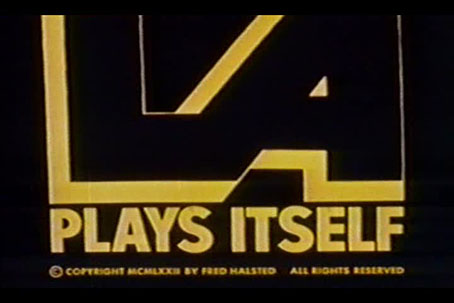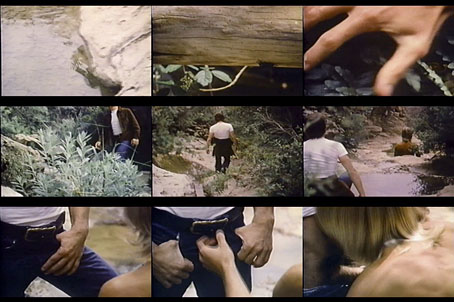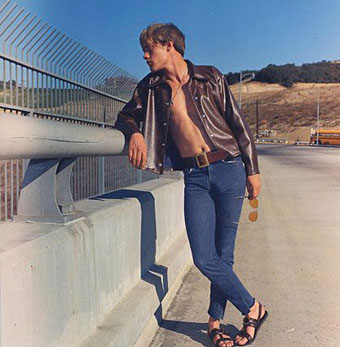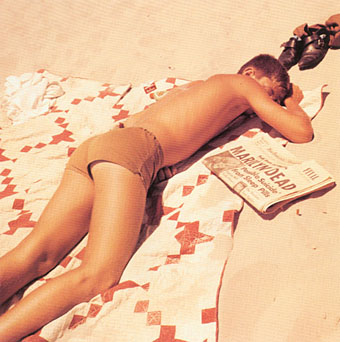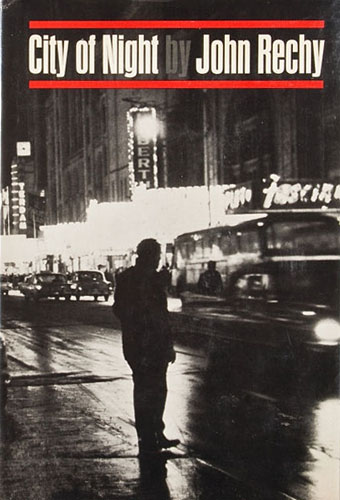
City of Night (1963), Grove Press.
Surprising to read this week that John Rechy’s pioneering novel of gay nightlife in America is now fifty years old. The attitude and style of Rechy’s work looks so much to the 1970s that it seems out-of-place in a time when writing about male hustlers was almost as risky as being one. Charles Casillo revisits the novel for the Los Angeles Review of Books, and also talks to the author. Casillo turns up again at Lambda Literary to ask a collection of other writers for their recollections about Rechy and his work.
The usual curiosity impelled me to go looking for City of Night cover designs. The results are disappointing, there having been little advance from the Grove Press first edition (above) which I’m guessing was a Roy Kuhlman design. (And while we’re looking at it, Taxi Driver aficionados might note the “Fascination” sign.)
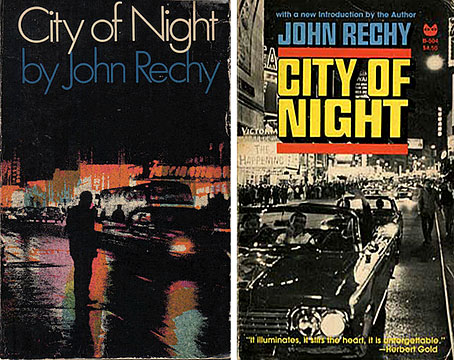
The Grove Press paperback (left) reused the photo, and set the template for many subsequent editions, all of which could easily be mistaken for crime novels. The early editions play safe but that solitary figure does at least communicate the book’s emphasis on loneliness. Later editions offer lazy variations on the words “city” and “night” with no indication that the book is also about sex.
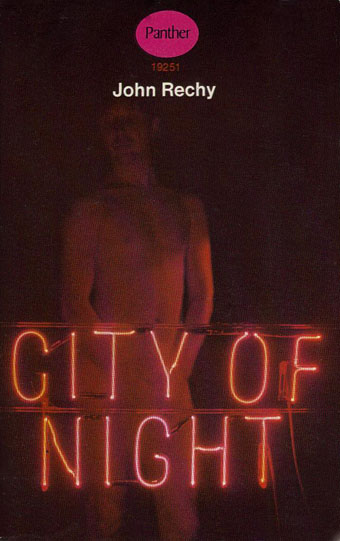
The Panther (UK) paperback from 1969 is the edition I’m most familiar with, and it’s a surprise again to find that this cover design is still the best I’ve seen. Panther had a run of great cover designs from the late 60s into the 1970s, many of them uncredited. They also published a fair amount of gay fiction in editions that were smart and unsensational. This cover exemplifies the approach: sexy, direct, blurb-free, and with that enticing list of Joyce-like neologisms (“youngmen” is a Rechy trademark) on the back. Goodreads has a handful of other designs.
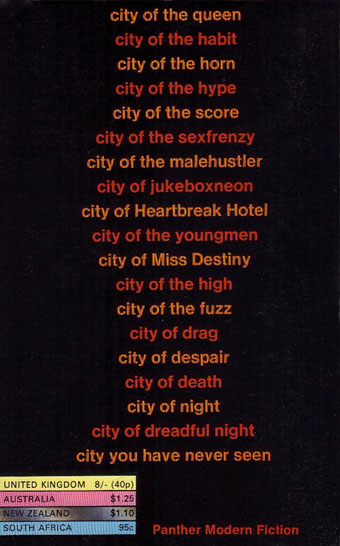
Elsewhere on { feuilleton }
• The book covers archive
Previously on { feuilleton }
• William E. Jones on Fred Halsted
• California boys by Mel Roberts

